If you are a woman, you may be aware of the dangers of breast cancer. A mammogram can be effective in preventing this deadly condition through early detection. Finding out about the problem early in life can help cure it before it worsens. A mammogram is an x-ray of the breast tissues where doctors can look closely at them and detect abnormalities.
It is recommended that every woman goes through a mammogram at least once a year. Most women consider their first mammogram in their 30s, but it is medically recommended for all women to start going for yearly mammograms once they reach their 20s. Knowing the symptoms also helps in early diagnosis. If you suspect you have breast cancer, go for Boise 3D screening mammograms today.
Contents
- Some lesser-known facts about mammograms
- 1. Compression should not be very painful for the breasts
- 2. Lumps do not always mean breast cancer
- 3. It would help if you still had a mammogram with breast implants
- 4. Being re-called after one screening does not necessarily mean cancer
- 5. Radiation exposure is minimal
- 6. Warning signs are the same for males
- 7. Genetics is not the most significant risk factor
- 8. Dense breast tissue
- 9. Preparation for mammograms
Some lesser-known facts about mammograms
Below, we will dig deeper into facts about mammograms that you should know!
1. Compression should not be very painful for the breasts
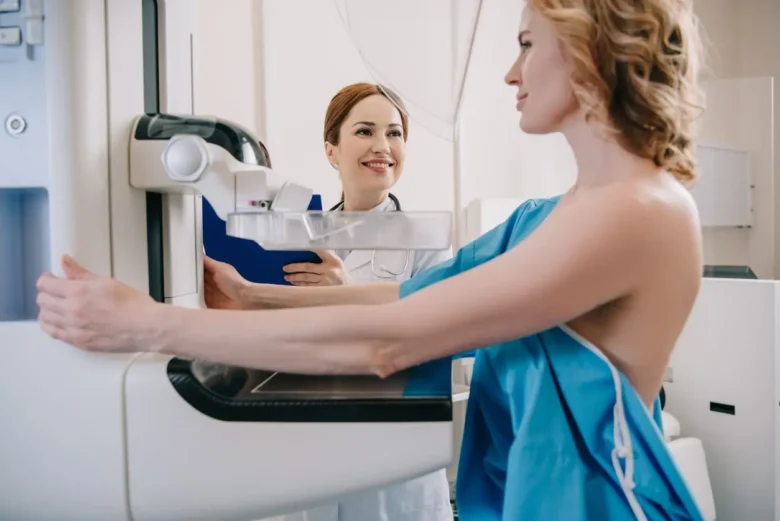
Source: healthimages.com
To get a clear picture of your breast tissues, your breasts are compressed between two flat plates. Some women find it unpleasant, but it is a necessary step to detect even the tiniest abnormalities in your breast. Moreover, it also reduces the amount of radiation you experience during the procedure.
However, you should not feel pain. If you feel too much discomfort, something might be wrong. Cooperation and communication between the doctor and the patient can ensure a fruitful experience.
2. Lumps do not always mean breast cancer
When you Google the symptoms of breast cancer, you may see that feeling new lumps in your breast is considered a sign. While lumps can mean breast cancer, most of them are not. If you feel a lump in your breast, you must not ignore it. Talk to your doctor and schedule a breast exam immediately to find out what it is. It might be that you have another health condition. However, most lumps in the breast do not mean cancer.
3. It would help if you still had a mammogram with breast implants
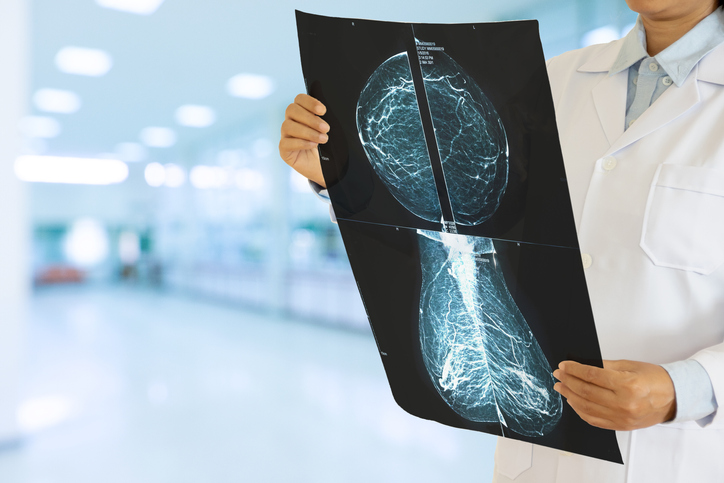
Source: thomasloebmd.com
Just because you have breast implants does not mean that you still do not possess breast tissues in your body. As long as you have breast tissues, you will need a mammogram. If you have breast implants and are going for a medical exam, notify your doctor beforehand. You will need to work with someone who has experience working with women with breast implants.
These are some of the lesser-known facts about a mammogram. Remember that scheduling a mammogram at least once a year is crucial for your health. Breast cancer can happen to anyone and is not limited to people with a family medical history.
4. Being re-called after one screening does not necessarily mean cancer
Some patients might be called back in again after their screening. There can be several reasons why a patient would be called again. However, such patients should not panic and assume that they have cancer. A doctor would likely need extra imaging to ensure what they are seeing is normal breast tissue.
Getting called back in again is normal. Patients who do not have prior imaging might be called back again, as doctors would need a baseline for comparison. It would be advisable for patients not to jump on worst-case scenarios. You should also know that only 5% of patients who get called back are ultimately diagnosed with cancer.
5. Radiation exposure is minimal
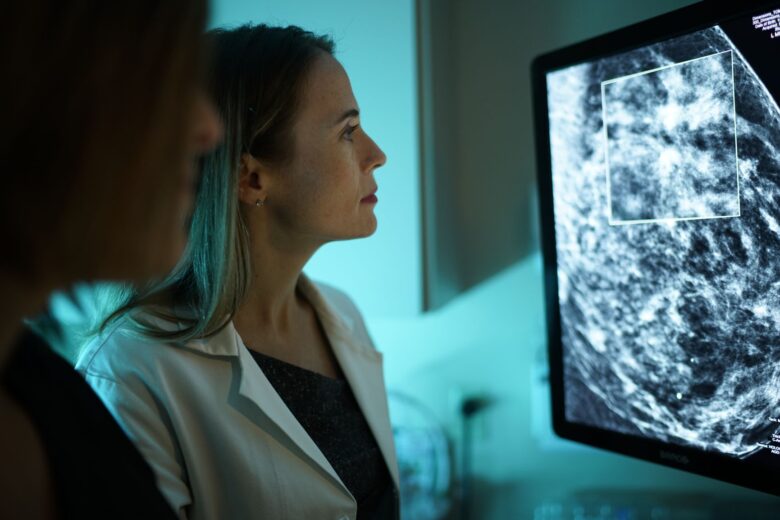
Source: inspirahealthnetwork.org
A known factor for cancer is prior radiation exposure. However, modern and advanced mammography equipment uses minimal doses of radiation. The quantities of radiation are less than most standard X-rays. As a result, the amount of radiation women experiences from a mammogram does not play a significant role in the risk of developing cancer.
6. Warning signs are the same for males
Male breast cancer is sporadic. Of the total breast cancer cases globally, male breast cancer accounts for less than 1%. As a result, routine screening for male breast cancer is not recommended. However, it is essential to know that symptoms are the same for men.
Sometimes, it might seem uncomfortable or unlikely when experiencing symptoms of breast cancer. As a result, it would be advisable for men to inform the doctor of any symptoms in case imaging is needed. Many men believe breast cancer would not happen to them. Unfortunately, due to such misbeliefs, men have advanced breast cancer stages.
7. Genetics is not the most significant risk factor
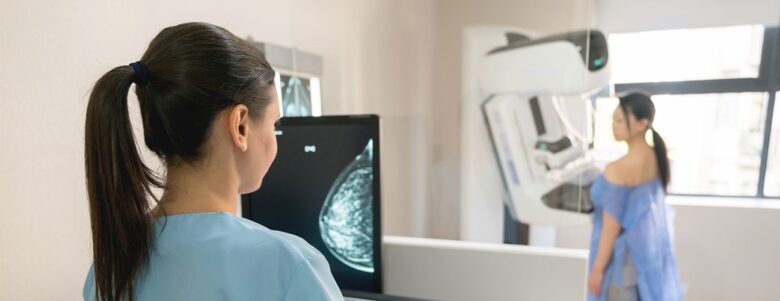
Source: hopkinsmedicine.org
The most significant risks for breast cancer are being female and getting older. Breast cancer generally starts appearing in the age window of 60-70 years old. Most breast cancer patients do not have any family medical history or genetic ties. It is safe to assume that genetics is not the most significant risk factor.
Earlier and quick screening is recommended for people who have a family history of breast cancer, other cancers, or specific genetic mutations. While genetics and family history might not be the most significant risk factor, one would face a higher risk for breast cancer if they have a family history of the same.
8. Dense breast tissue
Females with dense breast tissue might need additional imaging. Additional mammograms such as breast ultrasound, MRI, or contrast-enhanced mammogram can become likely.
Dense breast tissues appear white on a mammogram. In such cases, supplemental screening tools would support and not replace mammography as doctors would not be able to look for the critical factors for breast cancer that other imaging methods or mammograms would not be able to see.
9. Preparation for mammograms
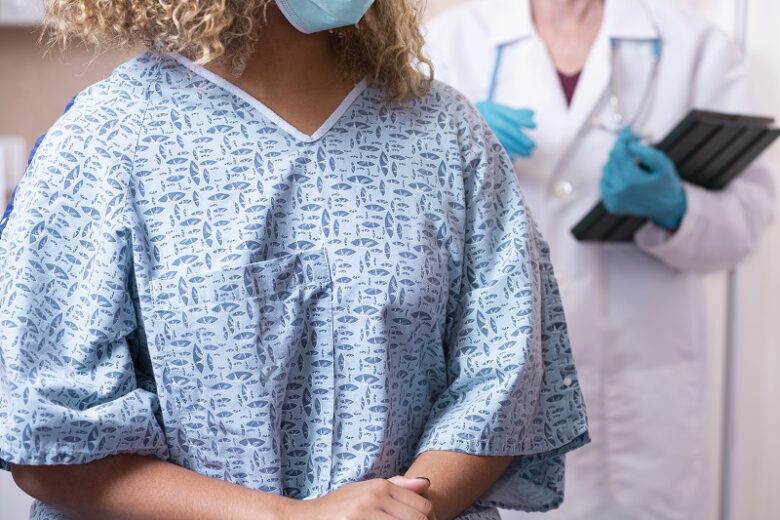
Source: hackensackmeridianhealth.org
Some people might assume that preparing for mammograms might be complicated. However, the preparation for a mammogram involves no complications or tedious restrictions. During the mammogram exam, the female must be comfortable and take off their top and bra.
Women should avoid using deodorants and perfumes before a mammogram. The residue from deodorant and perfumes can leave marks on a mammogram which tend to mimic calcifications. Calcifications are harmless deposits within the breast tissue, but they might indicate a need for diagnosis.
